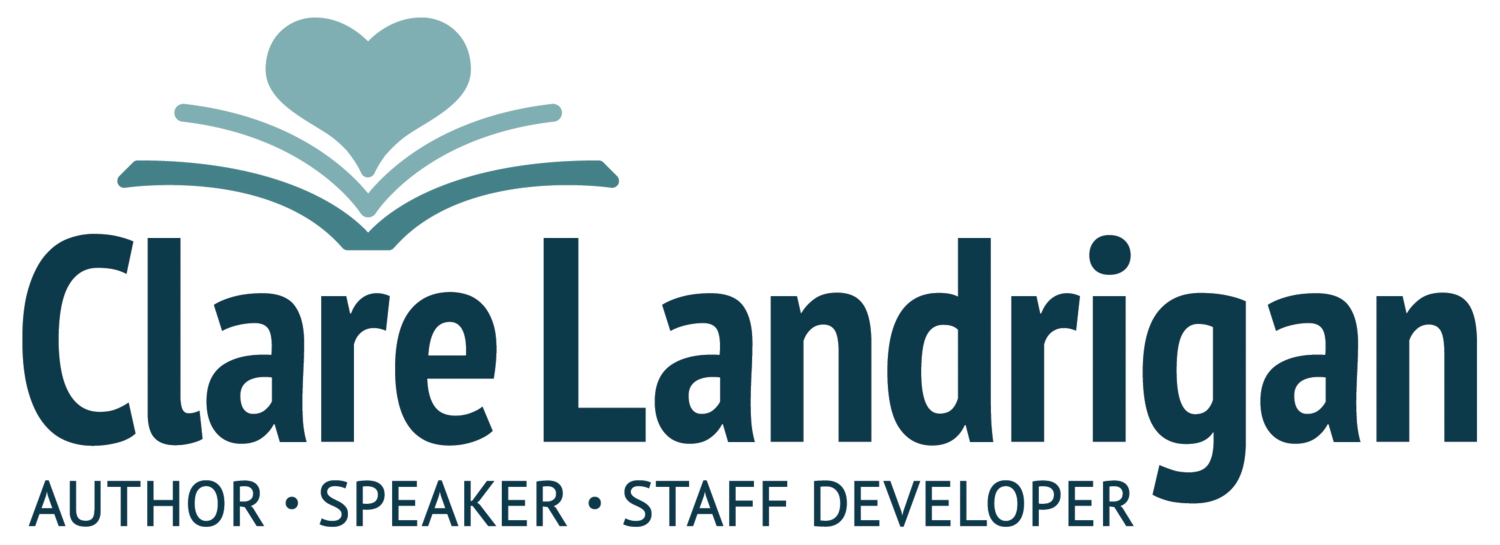Layering Texts to Cultivate the Genius Within Our Students and Within Ourselves
“You recommended White Fragility –I am hearing on social media that is not a good book.”
Versions of this sentence filled my inbox and text feed over the past week. My immediate white tendency was to rethink my journey -- jump to right or wrong, better or worse. I resisted my either/or tendencies and revisited Gholdy Muhammad’s work. In Cultivating Genius, Gholdy talks about the importance of “layering texts – teaching from multiple powerful and multimodal texts.” She argues “layered texts should help students understand local, national, and global communities and incite social critique … so students have a better chance at academic and personal success” (147). Rather than dismissing White Fragility, I reflected on its role, within a set of layered texts, in understanding bias and whiteness.
For me, White Fragility was an important text. It pushed me to examine my own biases and begin the personal, internal work that I need to do. It is a text I reread to identify, understand, and de-center my whiteness. It was one step on my journey and I was fortunate to take that step with skilled instructors with expertise in racial equity. Dr. Sonja Cherry-Paul and Tricia Ebarvia layered White Fragility with other multimodal texts. These additional texts provided differing perspectives, expertise, and experiences. The text set, alongside their instruction and facilitation, helped me do the personal work I needed to do while fostering criticality.
Muhammad defines criticality as “reading print texts and contexts with an understanding of how power, anti-oppression, and equity operates throughout society. Criticality enables us to question both the world and texts within it to better understand the truth in history, power, and equity” (117). White Fragility read in isolation as an anti-racist text may be problematic – it is not antiracist, it is one perspective, and it is white-centered. White fragility, as defined in this text, protects white advantage and the system that serves us. Understanding it, even identifying it, does not ensure one will dismantle it to get rid of white privilege. Understanding whiteness is not the work, it is a piece of the work.
As Julia Torres reminded me in a recent zoom session, I am “at the beginning of a long road… one I may not see the end of in my lifetime.” That sentence is freeing and immobilizing at the same time. It provides license to expect mistakes and learn. It also lets me know there is no benchmark to achieve or way to quantify success. The only things to plan for are missteps, failure, and lack of closure in my pursuit of understanding. Julia’s image helps me remember this work is a journey and we need to do the personal work, alongside experts, to “cultivate the genius within students and within ourselves” (Muhammad, 2020, 15). The Historically Responsive Literacy Framework that is outlined in Cultivating Genius, is a universal teaching and learning model that is “vital to the success of Black children and, by this model, of all youth” (14). I believe it is also a teaching and learning model for adults who are working for equity and liberation.
Racism is learned. Antiracist and abolitionist teaching need to be learned and practiced. It is not enough to read a book or attend a workshop. There are few things we learn, truly learn, through reading a book or attending a workshop. I don’t think it is about the right book or the wrong book. It is about how I am setting myself up to learn. I cannot lose sight of what I know to be true in teaching and learning. I think White Fragility was a powerful book for me because I experienced it with expert teachers. “Like the African proverb says, It takes a village. It is key that your village is not just new teachers or those who struggle with pedagogy. Instead, there needs to be a balance of mentors and experts in teaching and learning. Your village must consist of educators, communities, and partners who are committed to the goals of equity, social justice, and transformation – educators who are ready to move toward action” (Muhammad, 2020, p.169).
So for me, the question isn’t about which book is right or wrong. The question is about how am I creating a long-term learning experience for myself? Who is in my village? Have I surrounded myself with experts on antiracist work and abolitionist teaching and educators who will hold me accountable?


